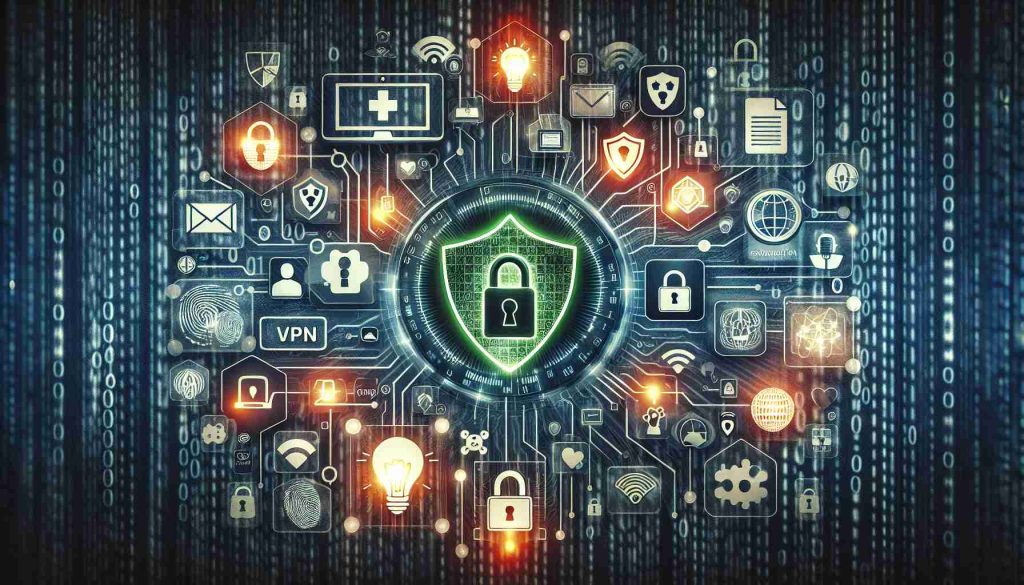Protecting Your Online Privacy: Essential Tips

Be Mindful of Personal Information
Sharing your daily life on social networks can be fun, but it’s crucial to safeguard your personal information to avoid potential trouble. Steer clear of sharing sensitive documents like train tickets, plane tickets, or boarding passes, which may contain personal details at risk of being stolen by malicious actors.
Avoid Sharing Keys
With advanced photography techniques, it’s now possible for unauthorized individuals to replicate keys based on clear images. Be cautious not to expose your house keys in photos, as it could lead to security breaches.
Exercise Caution with Location Data
When posting pictures with location information on social media, you may unwittingly reveal your exact address, inviting unnecessary complications. Always double-check before sharing location-tagged photos.
Secure Identification Photos
Whether it’s ID cards, passports, driver’s licenses, or license plates, images containing crucial personal information should be handled with care online. Avoid posting photos of elderly individuals or children on social media, as hackers could misuse this data to track their patterns.
Stay Vigilant on Public Wi-Fi
When utilizing public Wi-Fi networks, opt for trusted sources to prevent privacy breaches by cybercriminals seeking to exploit free Wi-Fi for stealing sensitive information.
Dispose of Old Phones Properly
Merely resetting or deleting files from an old phone may not be enough to erase personal data entirely. Take extra precautions by filling the storage with irrelevant content multiple times before discarding the device.
Be Wary of Phishing Sites
Exercise due diligence in distinguishing between genuine and fake websites to prevent falling victim to scams or data breaches through unwittingly disclosing personal information.
Taking these proactive measures can significantly enhance your online privacy and security. Stay informed and vigilant in safeguarding your personal information in the digital realm.
Implement Two-Factor Authentication:
Enhance the security of your online accounts by enabling two-factor authentication whenever possible. This additional layer of protection requires not only a password but also a secondary form of verification, such as a unique code sent to your mobile device or email address.
Regularly Update Your Software:
Software updates often contain patches to fix security vulnerabilities that cybercriminals could exploit. Make it a habit to regularly update your operating system, apps, and antivirus programs to ensure your devices are armed against the latest threats.
Utilize Encrypted Messaging Apps:
Protect your conversations from prying eyes by using encrypted messaging apps that secure your messages with end-to-end encryption. Apps like Signal and WhatsApp offer robust encryption protocols to safeguard your private communications.
Review App Permissions:
When downloading apps, pay attention to the permissions they request. Be cautious about granting access to sensitive data like your contacts, location, or camera if it’s unnecessary for the app’s functionality. Limiting app permissions can help minimize the exposure of your personal information.
Consider Virtual Private Networks (VPNs):
Employing a VPN can add an extra layer of protection when browsing the internet, especially on public Wi-Fi networks. VPNs encrypt your internet traffic, shielding your online activities from potential eavesdroppers and safeguarding your data from interception.
Key Questions:
– What are the most effective ways to protect my online privacy?
– How can I identify potential privacy risks online?
– What role does legislation play in safeguarding online privacy?
– Are there emerging technologies that can help enhance online privacy protection?
Advantages:
– Increased protection against cyber threats like hacking and identity theft.
– Greater control over personal information shared online.
– Enhanced peace of mind knowing your data is secure.
Disadvantages:
– Some privacy measures may be inconvenient or time-consuming to implement.
– Balancing privacy with convenience and connectivity can be a challenge.
– Over-reliance on technology for privacy protection may create a false sense of security.
For more information on online privacy best practices and tools, visit the Electronic Frontier Foundation’s website at www.eff.org. Stay informed and proactive in safeguarding your online privacy to enjoy a safer digital experience.